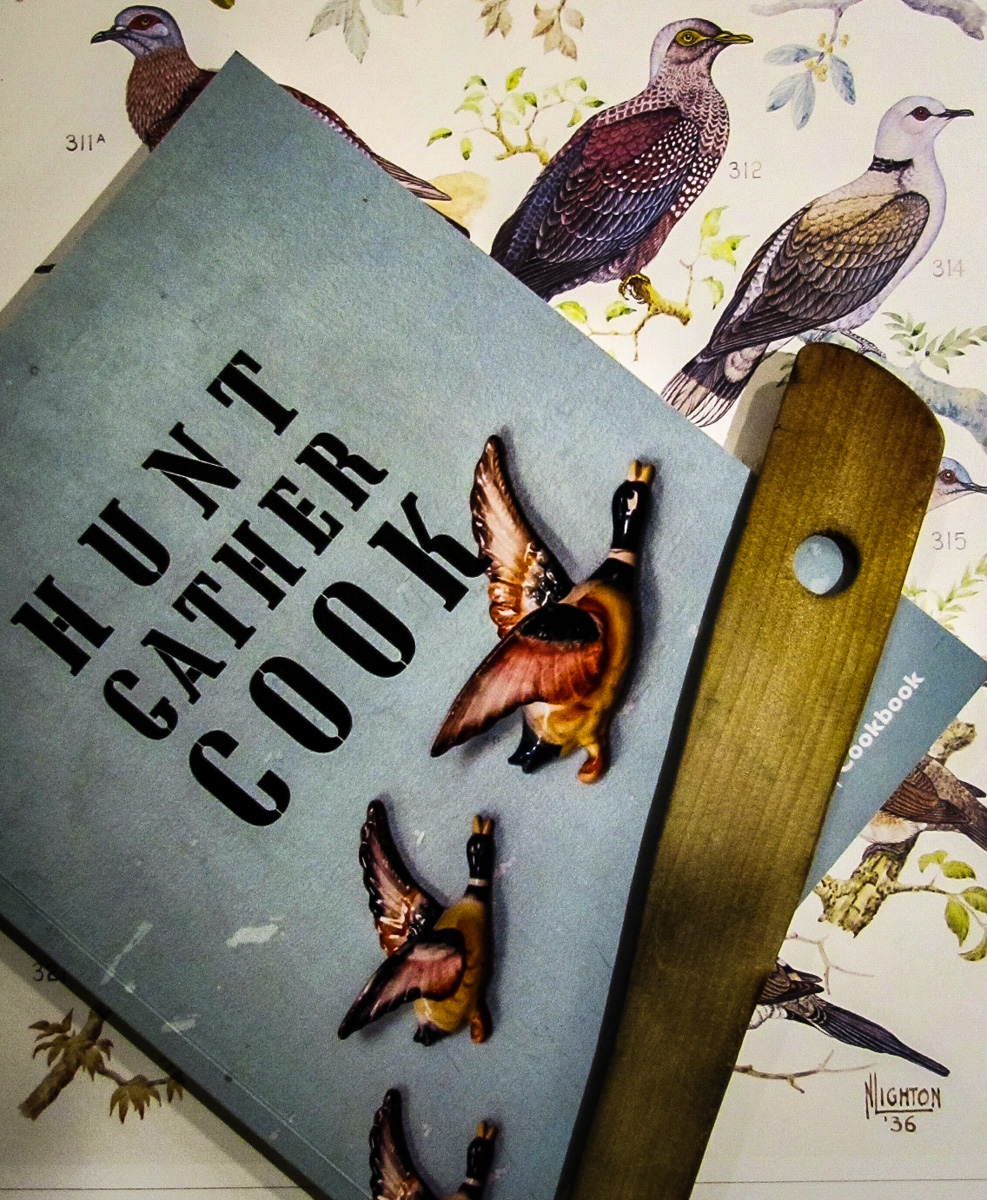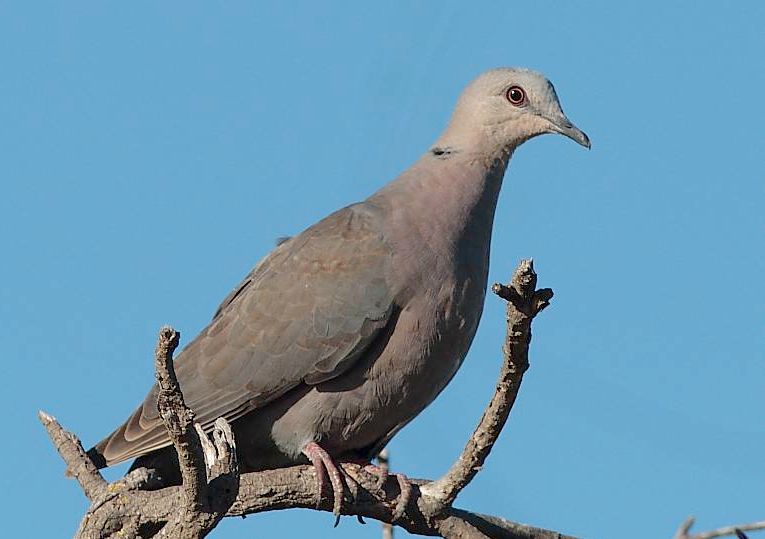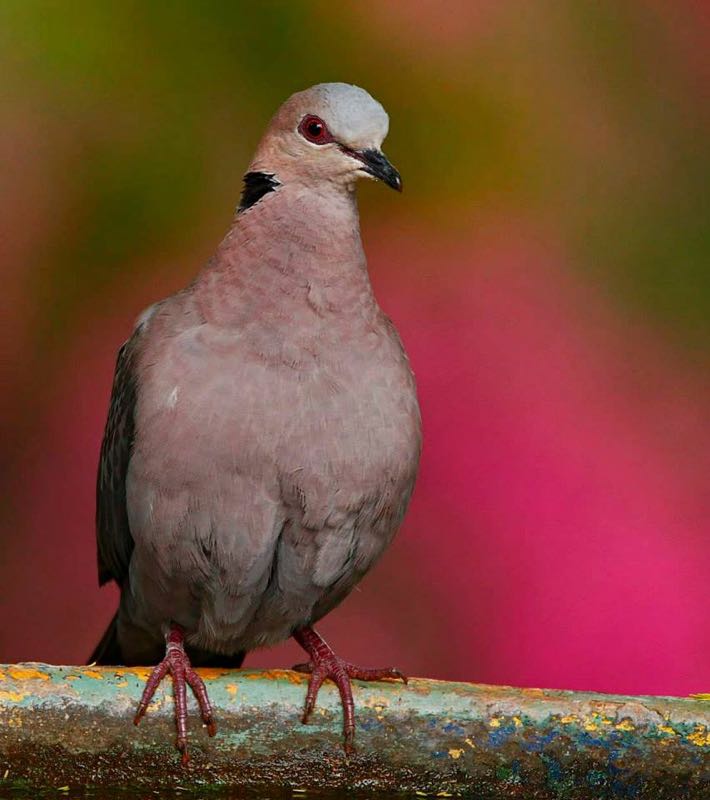Not that I was exactly constrained at home but even when we went off fishing, my mother wouldn't allow us to cook and eat the carp we caught in the golf course dams, despite our pleas. These dams were fed by the ‘Jukskei’ river and although it looked deceptively beautiful when pooled and fringed by weaver-nest festooned willow trees, the metal ‘catch grill’ through which it entered the golf course told another story. Here the plastic bags, empty cans, occasional dead dog and other detritus from the city piled up and that wasn’t even counting the unseen and unknown spills from the industrial area further upstream.
I suppose it was also not a good idea having us kids running around with pellet guns upsetting the neighborhood, in a suburban setting. So even though we enjoyed our catapults, lovingly made with forks cut from the neighbor’s ‘Pride of India’ tree, it didn’t quite have the same tang of adventure that striding through the veld with your trusty pellet gun has.
From my then narrow perspective, life on the farm was uncomplicated and exciting and I was fortunate that the adults who populated my world at that time, allowed me to turn this illusion into reality.
The farm has been in the same family for three generations and consequently, has that comfortably mature look. The old house sits on a very gentle rise looking east, down the dirt access road that stretches straight away for nearly a kilometer, before curving down to the unseen tar road. On either side of the dirt road, lie some mielie fields, which in turn lie below the old fruit orchards and some rickety farm buildings. You have to go over a few cattle grids to get to the house and these were designed with elephant in mind, because they very nearly stopped my Dad's Chev as well.
The old farmhouse sits in the middle of a large garden surrounded and screened on three sides, by a variety of densely growing mature trees. The number of birds attracted to the garden is astounding; just about everyone’s favourites, were the Lesser Striped Swallows that nested under the eaves each year. Mine though, were the small Laughing Doves that thronged the surrounding trees and filled every morning and afternoon with their slightly mournful cooing. The sound of their call today, is still enough to bring on a bout of nostalgia.
People built solid homes in those days, but they were not always particularly pretty or even well designed and as a result, some of the high ceilinged rooms were hardly ever used, being very cold in winter. Consequently, one part of the sunny 'stoep' or veranda had been bricked off, a fireplace installed, filled with overstuffed furniture and books and called, ‘The Snuggery’. This is where adults, dogs, cats and children congregated on winter evenings and where knitting, reading, dreaming and snoozing got done.
Behind the house, the rest of the farm stretched up to a far ridge of low hills on one side and up to the tip of a higher point on the other. You could see a very long way from this point and sometimes, it even snowed up there in winter. Since it was primarily a cattle farm, the only cultivated fields were the mielie lands and these were surrounded by natural grassland, cut through with thorn-tree lined dongas. Small farm dams, stocked with bass by Uncle Pat, were dotted around as sources of water for the cattle. There was even an atmosphere of history lingering around, because if you looked long and hard enough, you could still find old cartridge cases from some long forgotten skirmish during the Boer war and the one boundary was a stone wall built way before posts and wire were available.
We arrived late on a Saturday afternoon, after what seemed an interminable drive – there appears to be a limit to the adult sense of humor when a boy enquires for the hundredth and fifty-second time, ‘are we nearly there yet?’, so it was with relief on all sides that we poured ourselves out of the Chev and stretched our legs.
Some adults have the gift of talking to children in such a way, that the child feels important, so when Nora smiled and told me how happy she was to see me, I started melting. When she admired my pellet gun and told me she was really glad that I had brought it along because she just couldn’t get anyone to supply some doves for a pie she had been thinking of making, she had me deep in her pocket. It was with a sense of purpose and responsibility that I set off early the next morning.
Cattle were moaning in a far paddock, a black cuckoo was giving its characteristic, drawn-out 'mid-mar…sloooop' call way off in the bluegums and my pocketful of lead pellets felt reassuringly heavy as they made my khaki shorts sag to one side. I was after Red-eyed Turtle Doves, which although being rather wary and not nearly as plentiful as the Cape Turtle Doves that also lived there, they are plump and designed to fill a pie - I was to learn the virtue of perseverance that day.
The hunt started by scouting the old orchards and then through and around the mielie lands. There were certainly enough doves about, but despite careful stalking, they were on the lookout and I watched in frustration as they craned their necks in my direction before taking off with a clattering of wings just as I got within range. Uncle Pat's trusty BSA had seen a lot of action and the spring was so weakened, that if you shot straight up into the air the pellets’ flight path was easily visible to the naked eye against the light background. This meant that any successful shots further than twenty meters out, were verging on being miraculous and I had only managed to work one miracle before lunch. Now a pie needs more than a single bird, but Nora told me not to be discouraged as she was sure I’d get enough in due course but that she'd 'put a roast in the oven just in case'. Her cheerful faith in my ability to feed the ravenous hordes, had me really determined and excusing myself from the lunch table quickly.
The day had grown hot and the sweat tickled down my back as I headed off behind the house to explore the thorn-clad dongas, where succulent aloes grow in the open patches and the water runs fast and muddy after heavy rain. That day though, the ground was dusty and the air had become still. Grasshoppers flew up with a 'click-click' and a 'whirrrrr', to land ahead of me, only to repeat the process as I got closer again. As a couple of hawks soared lazily high above me, the only other sounds were a low, scolding chattering from a sunbird and the scuttling of a lizard as I went by.
Eventually, by way of another minor miracle, a second careless dove fell to my shot, snagging high in the branches of a thorn bush. Fifteen minutes and many scratches and youthful curses later, I emerged from the embrace of the thorns to consider my options; at the rate things were going, certain starvation stared us in the face.
Sitting on an anthill gloomily contemplating this state of affairs, I absently watched two Red-eyes circling and then dropping to ground towards the old implement shed far away in the distance, to the side of an old orchard. I took a bit more notice when another dipped in two minutes later and really sat up when they were followed in by three more. The old BSA again felt light and the scratches forgotten, as I hurried with renewed energy to take the most direct route to the shed.
A prospector finding a fat nugget, probably gets close to the feelings I felt, as my eyes slowly inched over the top of the grass separating me and the area in front of the creaky old building. There must have been at least forty-five dove-pie ingredients pecking over the heap of bare maize cobs strewn over the ground. After a long aim to calm my pounding heart, the closest bird slumped at the shot and the rest took off in mild puzzlement to a nearby tree, only to reappear in dribs and drabs soon after. A quick reload and I was another bird richer.
Not being able to see me, they never became alarmed enough to get going permanently. Instead, the interval between the ‘thwap’ of the pellet gun and their return just took a bit longer as time went on. I stopped at twelve doves, reckoning that a grand total of fourteen had dented the population enough for then, while at the same time ensuring that hunger would not be a factor for that day at least.
The guineafowl were calling each other and it was starting to get cold fast, as I slowly made my way up to a warm kitchen and some adults, who for some reason looked surprised at the pile of birds tipped onto the kitchen table. After dinner, I plucked doves till my fingers ached, and then staggered off to bed and one of those toasty, feather eiderdowns that they don't seem to make anymore.
The following evening after a long day fishing in the farm dams, I returned to the farmhouse to some tantalising smells and later, a large, oven-blackened dish covered with brown, crisp, flaky pastry emerged from the kitchen. Inside, fourteen plump doves simmered in dark gravy, together with kidneys, potatoes, onions and some other magic ingredients. When this fragrant mixture was served over rice, accompanied by large hunks of fresh bread smothered in salty farm-made butter, silence descended on the table till the last lip-smacking morsels were gone - the left-over lamb roast was put back in the refrigerator untouched.
Thinking back, that pie was so good it has made me scour my memory for the recipe and it goes like this:
Firstly take one small, keen boy. Send him to a farm where plump doves live and…….






















Gary Duffey on October 1, 2016 at 5:56 am
Wonderful account of youth! Brings to mind the saying, "youth is wasted on the young". Thanks for sharing those great days!